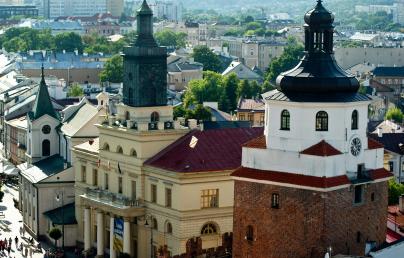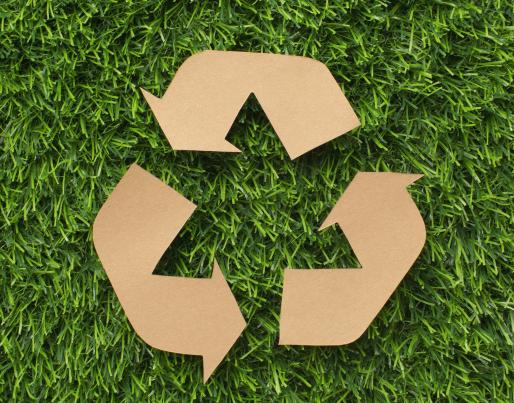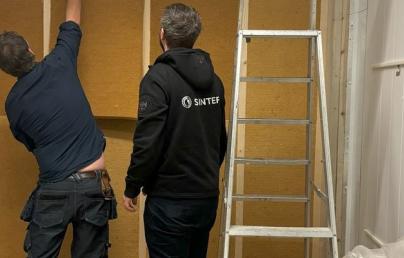
Why the built environment needs a circular economy

Why the built environment needs a circular economy
The construction industry must shift from a linear to a circular economy, promoting reuse and recycling to reduce waste, cut costs, and support sustainability goals.
The construction industry is a major contributor to resource consumption, waste production, and greenhouse gas emissions. Traditionally, it has operated on a linear 'take-make-dispose' model, leading to resource depletion and environmental harm.
Transitioning to a circular economy model aims to keep materials in use for longer through reuse, recycling, and repurposing, reducing waste and reliance on raw materials.
This shift offers economic benefits, including lower material costs, price stability, and asset longevity.
Workforce upskilling is crucial to support this transition, as highlighted by a new BRE Academy course, which teaches circular economy principles, showcases industry case studies, and supports UN sustainability goals.

